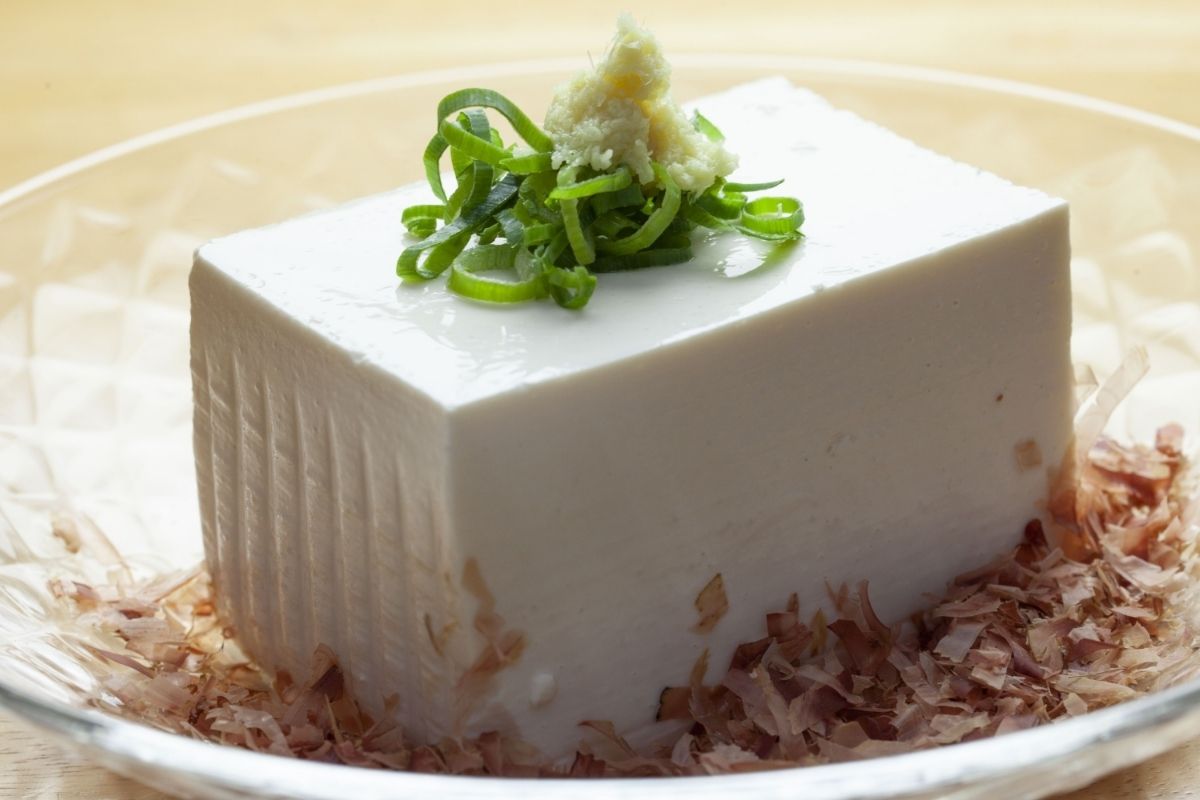Festivals and holidays in Japan are one of the primary ways that the Japanese stay in touch with their traditional past. Many Japanese festivals and holidays have their roots in Buddhist or Shinto traditions, while others pay homage to past shoguns, emperors or other important historical figures.
Technically, holidays and festivals are two different types of things. However, in Japan most national festivals correspond with national holidays. Therefore, it makes sense to treat them together a single subject. When you see pictures of Japanese holidays, you will often see people participating in festivals.
In addition to the national holidays, each region of Japan also has its local festivals which are not celebrated in other places. Check with the locals in your area to find out more about these regional events.
Because the various celebrated Japanese holiday festivals are well-attended by the Japanese, going to see them first-hand can be a great way to get a glimpse of another part of Japan that you do not normally see.
Here is an overview of some of the major Japanese holidays and festivals:
New Year (shogatsu)
New Year (shogatsu) may be one of the most important of the Japanese holidays. The New Year represents a fresh start to the Japanese. Most companies and small businesses close their doors during this period, which extends from January 1 through January 3. This is one of the biggest travel times for domestic travel within Japan, when people go to visit relatives to spend time together.
Special foods are eaten during this holiday, including toshikoshi soba (noodles), osechi ryori, otoso (sweetened rice wine), and ozoni (a soup with mochi). Meanwhile, pine, bamboo and plum ornaments adorn homes and entrance gates during this time of year.
Coming Of Age (seijin no hi)
Seijin no hi is the Japanese holiday for coming of age. This holiday is the second Monday in January each year. It is celebrated to mark the passage of young men and women who are the age of 20 into adulthood. In Japan, 20 is also the minimum age for voting, drinking and smoking.
Doll’s Festival (hina matsuri)
The hina matsuri (a.k.a. Doll’s Festival or Girl’s Festival), is celebrated each year on March 3. The purpose of the holiday is to wish little girls a successful and happy life. Dolls arranged together with peach blossoms, are arranged in the home. Families often drink sweet sake and eat chirashi sushi.
Golden Week
Golden week may be the biggest celebration in Japan. It is always accompanied by a full week (or more) of vacation for schools and most companies. Japanese tend to travel heavily during Golden Week, either heading out of the country or traveling domestically. Sightseeing spots, train stations and airports are very crowded during this time.
One of the longest-lasting Japanese holidays and festivals, Golden Week is actually comprised of four distinct holidays that come in quick succession:
April 29: Showa Day (showa no hi)
May 3: Constitution Day (kenpo kinenbi)
May 4: Greenery Day (midori no hi)
May 5: Children’s Day (kodomo no hi)
Tanabata
Tanabata, or Star Festival, is actually not a holiday but rather a festival. It takes place on July 7 in most places in Japan, although due to their adherence to the lunar calendar in some regions they celebrate it on August 7. The ultimate summer festival, one Tanabata custom involves writing down your wishes onto a piece of paper and hanging it on a piece of specially-erected bamboo tree in the hopes it will come true.
Obon
Obon is a festival designed to commemorate one’s deceased ancestors. It takes place from July 13-15 in most areas of Japan, but in some places it takes place from August 13-15. Obon has its roots as a Buddhist tradition. During this time each year, it is believed that our ancestors’ spirits return to visit the living. Lanterns are traditionally hung in front of people’s homes to guide the spirits home. Upon completion of the festival, lanterns are placed into rivers and lakes in order to guide the spirits back to the spirit world.
Seven-Five-Three (shichigosan)
Shichigosan (literally: seven, five, three) is a festival for young children. Girls of age three and seven and boys age three and five are celebrated during this time. While it is not an official national holiday, it takes place on November 15 (or the closest weekend) each year. Young people will generally visit a nearby Shinto shrine while dressed in kimono.
Do yourself a favor and seek out these holidays and festivals as you travel to (or within) Japan throughout the year.







